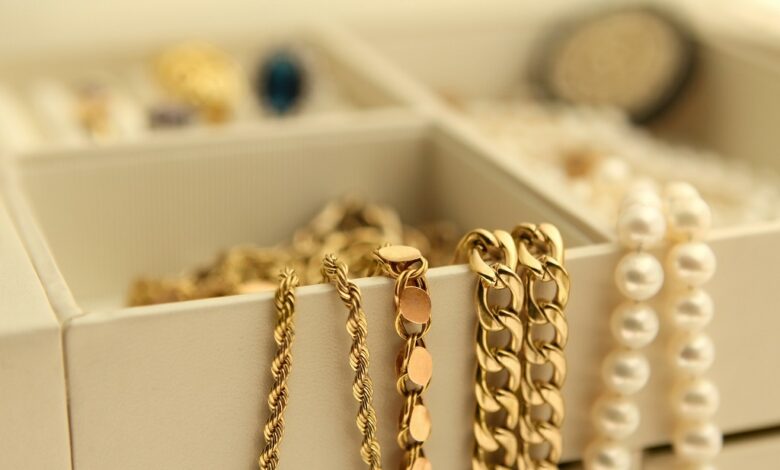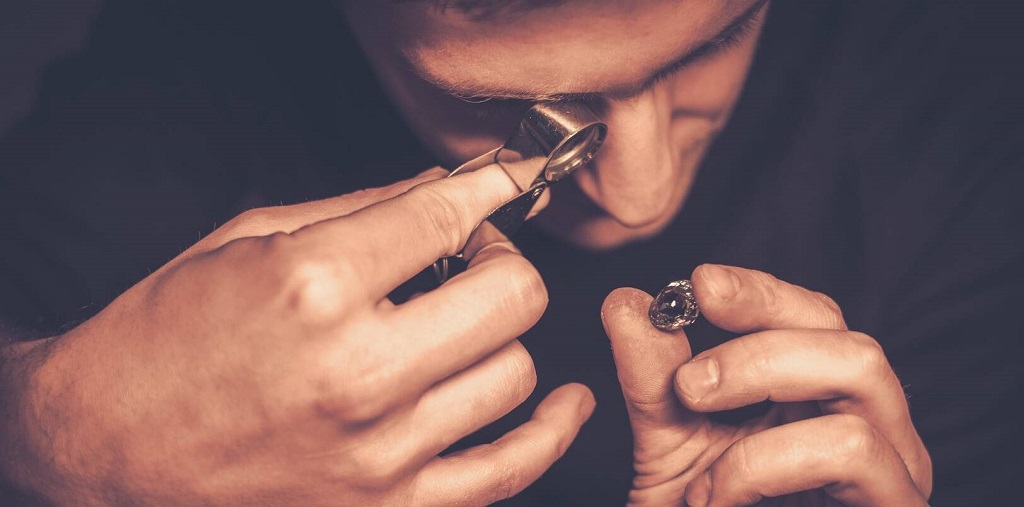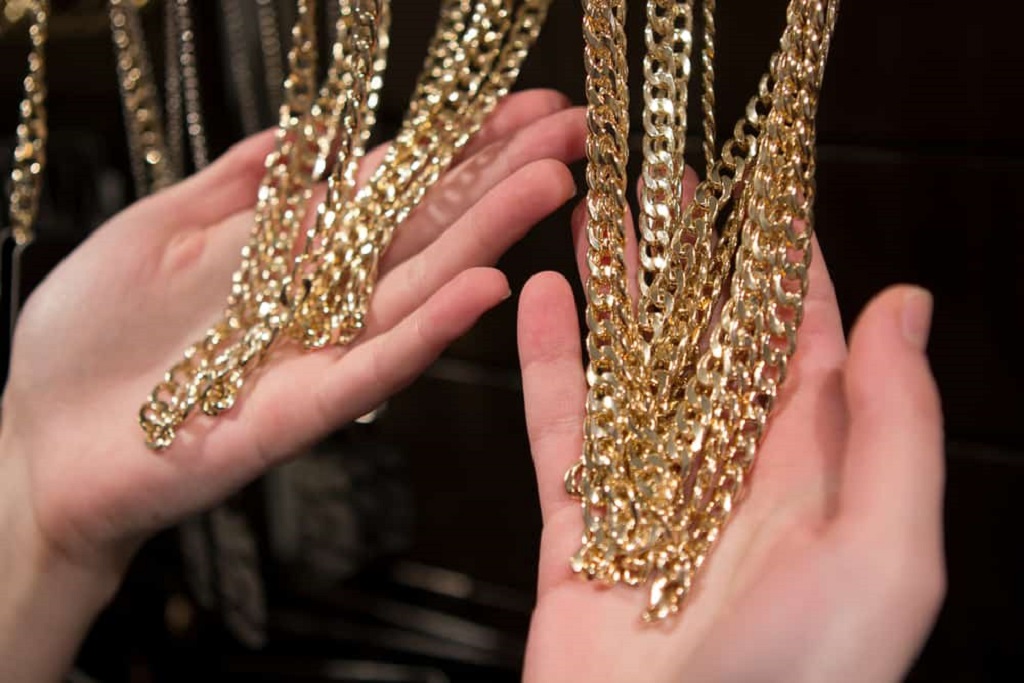How to Tell If a Necklace Is Real Gold

In a world where fashion and jewelry play a significant role in personal expression, owning a gold necklace can be a symbol of elegance and prestige. But how can you be sure that the necklace you have your eye on or the one you already own is made of real gold? In this comprehensive guide, we will walk you through how to tell if a necklace is real gold. Whether you’re a seasoned jewelry enthusiast or a novice, these techniques will help you make an informed decision about your precious piece.
Understanding Gold Purity (Karat)
The first step in determining if a necklace, for example a 16 vs 18 inch necklace, is made of real gold is to understand its purity. Gold is measured in karats (K), with 24K being pure gold. However, pure gold is soft and not suitable for making jewelry. Most gold jewelry, including necklaces, is crafted with a combination of gold and other metals, resulting in varying purities such as 14K, 18K, and 22K. We’ll delve deeper into how to identify the karat of your necklace.
The Magnet Test
A quick and simple test involves using a magnet. Gold is not magnetic, so if your necklace is attracted to the magnet, it’s likely not real gold. However, keep in mind that this test is not foolproof, as some counterfeit gold alloys may not be magnetic.
The Acid Test
The acid test involves applying nitric acid to a small scratch on your necklace. If the metal doesn’t react or discolors, it may be real gold. Be cautious when using this test, as it can damage your jewelry. Consider seeking professional help for this method.
Professional Appraisal
For a definitive answer, consult a professional jeweler for an appraisal. They have the expertise and equipment to accurately assess the authenticity and value of your gold necklace. This is especially important if you have a valuable piece or are considering a purchase from an unknown source.
The Hallmark
Check for a hallmark or stamp on your necklace. Legitimate gold jewelry often carries a hallmark indicating its purity and manufacturer. Research the hallmark symbols to decipher the information they convey.
Weight and Density
Real gold is denser and heavier than most other metals. Compare the weight of your necklace to that of a known gold piece of similar size. This can provide a clue to its authenticity.
Skin Reaction
Some individuals may experience skin discoloration or irritation when wearing fake gold. If your skin reacts negatively to the necklace, it’s a sign that it may not be genuine.
Visual Inspection
Examine your necklace closely. Real gold maintains its luster over time and does not tarnish or corrode. Look for any signs of wear or discoloration that might indicate a non-gold material beneath the surface. Discover Who Owns Dubai Gold and Diamond?
Scratch Test
While not recommended for valuable jewelry, you can perform a scratch test on an inconspicuous part of your necklace. Real gold will not leave a mark, while counterfeit materials will reveal their true colors.
The Ice Test
Hold an ice cube against your necklace. Real gold is an excellent conductor of heat and should cause the ice to melt quickly. Fake gold will not have the same effect.
Sound Test
Gently tap your necklace with a metal object. Real gold produces a distinctive, melodious sound. However, this method requires a trained ear and may not be foolproof.
Gold Plating vs. Solid Gold
Distinguish between gold-plated and solid gold necklaces. Gold-plated pieces have a thin layer of gold over another metal, while solid gold is the same metal throughout. Understanding the difference can help you assess the value of your jewelry.
Caring for Your Gold Necklace
Once you’ve determined the authenticity of your gold necklace, it’s essential to care for it properly. Clean it regularly, store it in a safe place, and avoid exposing it to harsh chemicals or extreme temperatures to ensure its longevity.
Conclusion
Owning a real gold necklace is a source of pride and can be a valuable investment. By following these methods and guidelines, you can confidently assess the authenticity of your jewelry or make an informed purchase decision. Remember that consulting a professional jeweler is always the best course of action when in doubt.
FAQs
Can fake gold tarnish over time?
Fake gold can tarnish or wear off, leading to a dull appearance. Real gold maintains its luster.
Is a hallmark a guarantee of authenticity?
While a hallmark is a good indicator, it’s not a guarantee. Counterfeit items may also carry hallmarks.
What should I do if I suspect I have a fake gold necklace?
Consult a professional jeweler for an accurate assessment and advice on next steps.
Can gold-plated necklaces be repaired or re-plated?
Gold-plated necklaces can be re-plated, but the cost may not be justified for less valuable pieces.
Are there any DIY tests for gold authenticity?
While there are DIY tests, they may not always provide conclusive results. Professional appraisal is the most reliable method.




